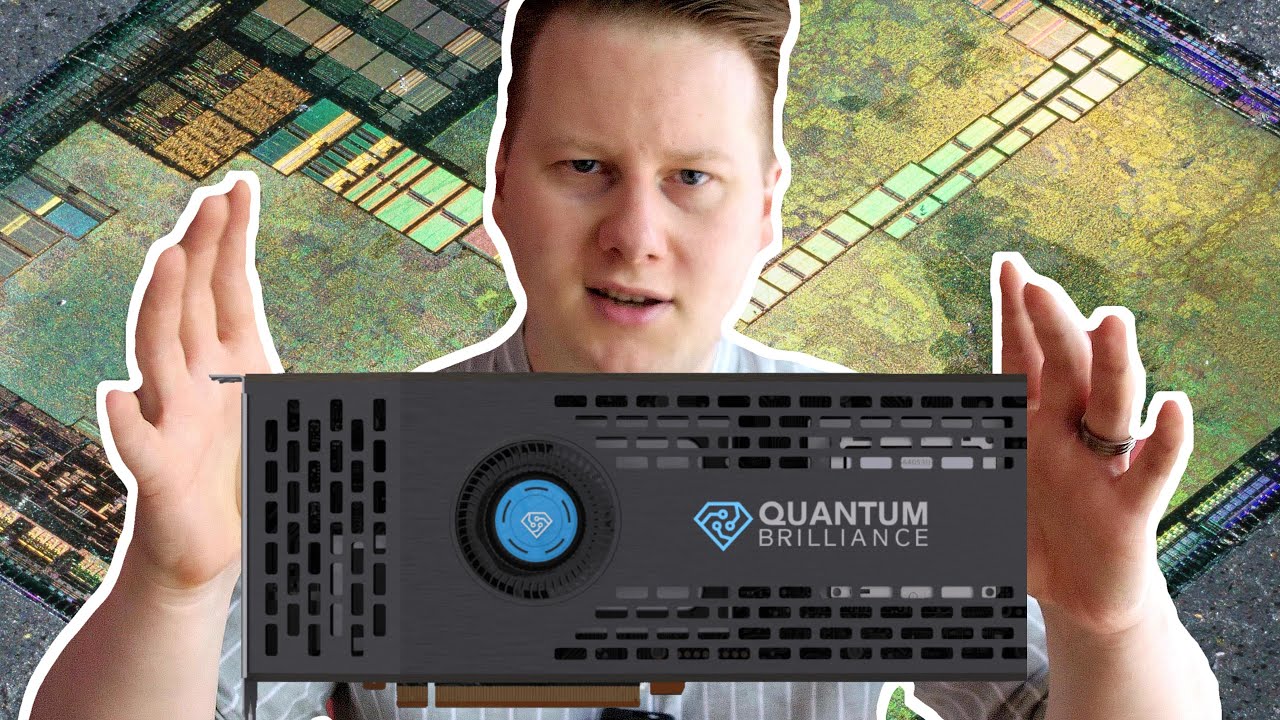Here is the Web site for Quantum Brilliance, which is singularly unenlightening (you have to “subscribe” to their “newsletter” to read a “white paper” which purports to explain what is really going on).
An article in Tom’s Hardware, “World First Room Temperature Quantum Computer Installed in Australia” says:
The room-temperature achievement was unlocked due to Quantum Brilliance’s approach to quantum computing; instead of the more common ion chains, silicon quantum dots, or superconducting transmon qubits, Quantum Brilliance took advantage of specifically implanted nitrogen-vacancy centers in synthetic diamonds (where a carbon atom is replaced by a nitrogen one).
These vacancy centers amount to defects in the diamond’s structure, which feature a photoluminescence capability that allows for the qubits’ spin states to be read based on the emitted light’s characteristics, without directly interacting with the qubits. A number of techniques, such as magnetic or electric fields, microwave radiation, or light (Quantum Brilliance uses a green laser technology for this purpose) can be used to directly manipulate the nitrogen-vacancy center’s qubits. Quantum Brilliance’s qubits are described by the company as being in the “middle of the pack” for coherence times and performance, being slower than superconducting qubits, but faster than the trapped-ion approach of some other providers.
The company is headquartered in Australia—draw your own conclusions.
